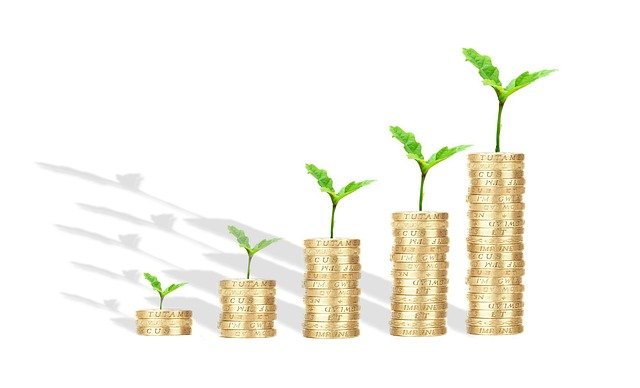"The Awakening of Green Bonds: A Sustainable Solution for Your Portfolio"
Introduction: Venturing into the world of finance can often leave investors feeling overwhelmed. With myriads of investment options to choose from, making the right choice can be daunting. However, one investment vehicle has been gaining traction recently: green bonds. Not only do they offer a competitive return, but they also contribute to environmental sustainability. This article explores the origin, current market trends, and the potential impact of green bonds in your investment portfolio.

The Genesis of Green Bonds
The inception of green bonds dates back to 2007, when the European Investment Bank issued the first green bond, labelled as a “Climate Awareness Bond”. However, the green bond market truly started gaining momentum in 2013, when the World Bank developed the Green Bond Principles. These Principles provided a voluntary standard for the process of issuing a green bond, ensuring funds are allocated to projects with environmental benefits.
Green Bonds in the Current Market
The green bond market has experienced exponential growth in the past decade. As per the Climate Bonds Initiative, the global green bond issuance surpassed $269.5 billion in 2020, a significant increase from merely $11 billion in 2013. This surge can be attributed to growing investor awareness about climate change and the rising demand for sustainable investing.
The Impact of Green Bonds
Green bonds provide a unique opportunity to invest in projects that address environmental issues, such as renewable energy, clean transportation, and sustainable agriculture. They offer a way for investors to diversify their portfolio, reduce risk, and generate competitive returns, while also contributing to the fight against climate change.
Risks and Benefits
Like any investment, green bonds come with their own set of risks and rewards. On the upside, they generally offer stable returns and are less volatile compared to equities. They also have the added benefit of contributing to environmental sustainability. However, investors should be mindful of the potential risks, including the lack of standardized criteria for what constitutes a ‘green’ project and the possibility of ‘greenwashing’, where companies exaggerate their environmental credentials to attract investments.
Practical Insights into Green Bonds
-
Green bonds can be a valuable addition to your investment portfolio, offering both financial returns and environmental benefits.
-
When investing in green bonds, ensure to conduct thorough due diligence to avoid ‘greenwashing’.
-
Look for bonds that adhere to the Green Bond Principles to ensure your investment funds environmentally beneficial projects.
-
Consider diversifying your portfolio with green bonds from different sectors and regions to spread risk.
Closing Thoughts:
Green bonds represent a promising avenue for investors seeking to combine financial returns with environmental responsibility. As the market continues to grow, so too does the potential for these sustainable investment vehicles. By understanding the market trends, benefits, and risks associated with green bonds, investors can make informed decisions that align with both their financial goals and their commitment to a sustainable future.




